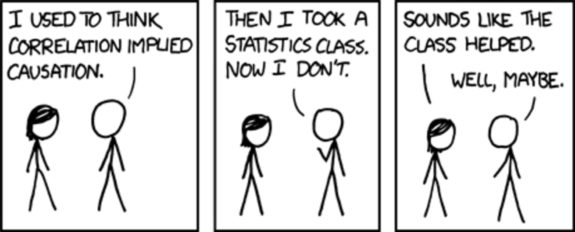Newly accepted paper in Geophysical Research Letters claims that "Urban Vegetation Slows Down the Spread of Coronavirus Disease (COVID‐19) in the United States" https://agupubs.onlinelibrary.wiley.com/doi/abs/10.1029/2020GL089286?campaign=wolacceptedarticle">https://agupubs.onlinelibrary.wiley.com/doi/abs/1...
I like urban greenery, but I don& #39;t buy the claims in this paper. (1/n)
I like urban greenery, but I don& #39;t buy the claims in this paper. (1/n)
The authors used covid-19 data from 989 US counties from March 14 to May 24 and examined effects of four factors: baseline cases (pre-Mar 13), population density, urban veg, and temperature. No consideration of local/state policies, availability of testing, or socio-economics 2/n
Urban veg was quantified by taking NLCD open spaces & low intensity dev. categories using a previous defn. At county level, divided pixels in those categories by pixels of impervious surface. (Since NLCD ISC is % of pixel, this part is unclear to me.) Values range from 0-100% 3/n
Correlation shows decrease in cumulative covid cases with increase in urban veg %. Covid cases increase with pop density & baseline infection. Temp is insignificant. But urban veg, pop density, and baseline infection could all be correlated to each other! 4/n
So they do a path analysis and separate direct & indirect effects. Pop density has highest direct effect (no surprise). But they attribute indirect effects of pop density to urban veg, giving urban veg the strongest direct + indirect effect on covid cases. 5/n
This seems backwards to me!? Their conceptual model says more urban veg causes lower population density. But everything I know about cities suggests that higher pop density lowers urban vegetation. Pavement replaces trees, but trees don& #39;t usually stop pavement. 6/n
Discussion acknowledges that "medical conditions, the government response to COVID-19, the cross-region dynamic transmission of COVID-19, as well as the social-economic situation, were not analyzed in this study" 7/n
Yet the authors conclude "that each 1% increase in the percentage of urban vegetation will lead to a 2.6% decrease in cumulative COVID-19 cases."
This seems...optimistic to me, because the limitations of this study are substantial. 8/n
This seems...optimistic to me, because the limitations of this study are substantial. 8/n
Urban green spaces *are* important. Many studies have shown how urban greenery increases mental and physical well-being and decreases air pollution. These mechanisms are possibly at work in the case of covid transmission & the focus of the discussion in this paper. 9/n
But who has urban green spaces nearby? People who live in the less densely populated urban areas (i.e., suburbs, exurbs). Those same people have more $, more healthcare, more ability to work-from-home, less reliance on public transport...more ability to avoid covid. 10/n
Who lacks urban green? People in high density, low $ areas, often people of color. People in those areas may have had a greater likelihood of being essential workers. And those people had a harder time avoiding covid.
Can we really attribute their risk to lack of trees?
11/n
Can we really attribute their risk to lack of trees?
11/n
Maybe the analyzed county scale is large enough to average out the finer scale variability within cities? But in many regions the city core/inner ring is in one county and suburbs/exurbs sprawl into surrounding counties. So maybe not. 12/n
Failing to include socio-economics in the analysis may be giving urban vegetation a lot more credit than it deserves & just like attributing to pop density indirect effects to vegetation, may really be flipping causality on its head. 13/n
TL;DR Counties with more urban veg had fewer covid cases. Urban greenery is good & we need more of it. But planting trees won& #39;t stop covid. Figuring out how to give everyone the advantages (WFH, $, good health) more often enjoyed by suburbanites might help more in pandemic. 14/n
Or, in the immortal words of @xkcd. 15/15

 Read on Twitter
Read on Twitter


